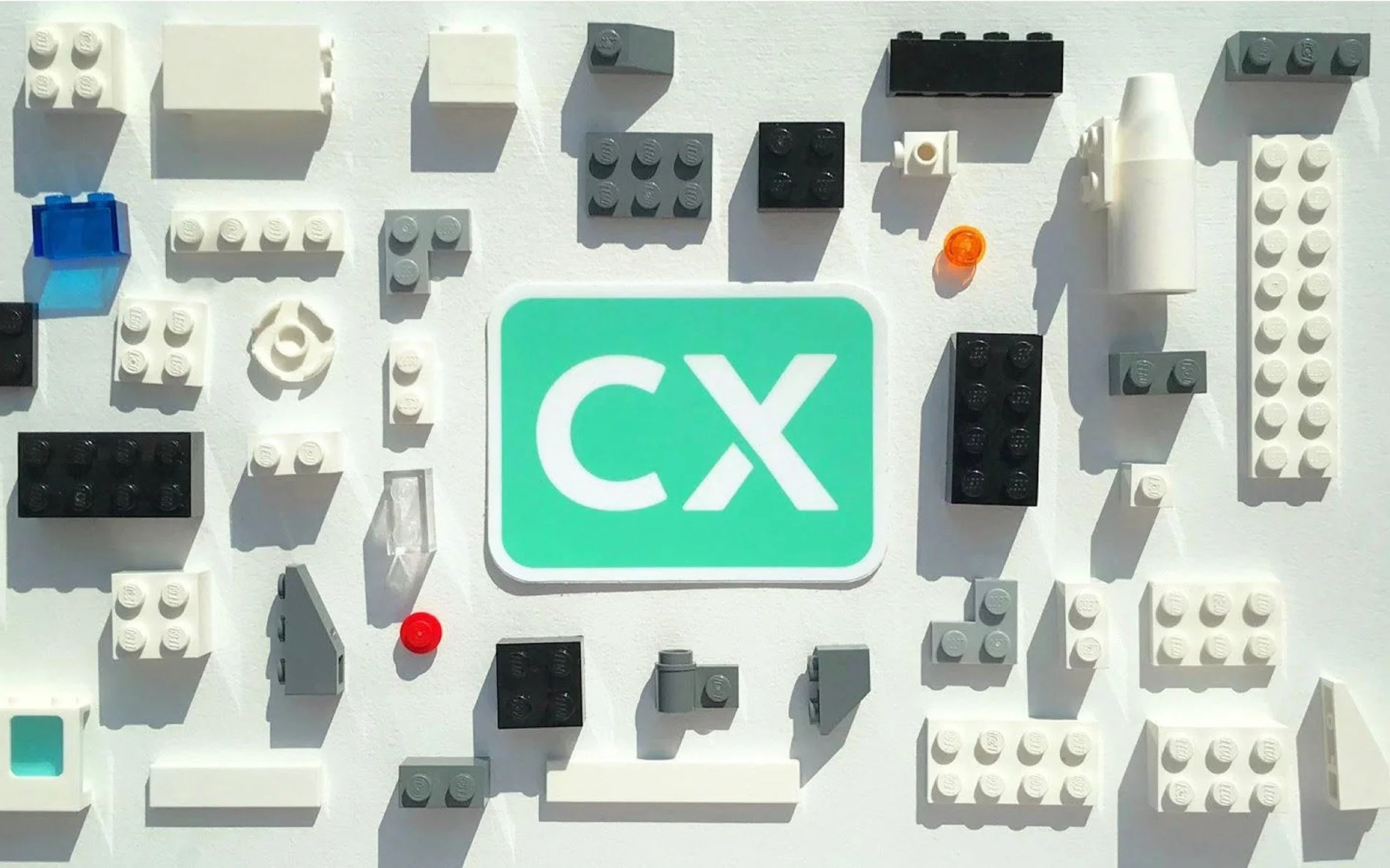
Rebuilding & Scaling the Enterprise Design System
2018 • Cox Automotive • Sr User Experience Architect
“Here’s the simple truth: you can’t innovate on products without first innovating the way you build them."
— Alex Schleifer, Airbnb
Info
The Client: Cox Automotive - B2B Retail
My Role: Sr User Experience Architect
Timeframe: Three months
The Challenge
The company’s design system reached an impasse when the design team pivoted to a mobile-first approach without coordinating with the supporting development teams. The result was a system where the look and feel no longer matched the working codebase. Strategic projects began to fail due to these inconsistencies, creating urgency at the leadership level.
UX leadership and the SVP of Engineering approached me for advice given my development background and experience with design systems. After presenting a clear remediation plan, I was asked to step in and lead the turnaround.
Mandate: Reset the design system team, align design and engineering, and deliver a working system that would unblock upcoming strategic initiatives - within three months.
Approach & Leadership
Building Alignment and Trust
Stakeholder Engagement: Began with candid conversations with the Design Team’s Engineering Lead and his VP to establish common ground and align priorities.
Listening to Teams in Crisis: Met with product teams struggling with the broken system to understand real-world blockers and ensure their launch dates could still be met.
Creating Shared Understanding
Facilitated workshops using Rose, Bud, Thorn and Affinity Diagramming to uncover pain points, opportunities, and priorities.
Teams voted on issues, providing clarity and ownership in shaping the roadmap.
Driving Collaboration and Empathy
Recognized and addressed the erosion of trust caused by prior leadership changes.
Leveraged empathy, active listening, and transparency to rebuild credibility.
Consistently messaged that all problems were valid and would be addressed fairly.
The Solution
Ownership - Took on the role of Product Owner for the design system.
Team Restructuring - Consolidated design and development into a single cohesive team.
Neutral Design Direction - Rolled back mobile-first changes and set a platform-agnostic design standard suitable for any product or service.
Tight Roadmap - Prioritized and delivered revisions of the top 40 components, exceeding delivery targets.
Evangelization - Ran internal roadshows and newsletters to secure buy-in—focusing messaging on engineering adoption.
Pragmatic Delivery
Deferred formal online documentation in favor of real-time Slack support.
Encouraged innovation—one designer self-taught himself React and, with the Engineering Lead, built a documentation site in real time.
Results & Impact
Immediate Success (3 months)
Delivered more than the 40 promised components.
Restored trust and alignment between design and engineering.
Got dependent strategic projects back on track.
Re-instilled confidence in the design team and positioned them for future growth.
Long-Term Outcomes (1.5 years as Product Owner)
Adoption across 400+ applications.
Reduced new project startup from 2 weeks to 10 minutes via React tooling with 150+ opinionated defaults.
Built a thriving community of engineers evangelizing the system across 150 disparate dev teams.
Introduced component usage analytics, an industry-first within the company.
Expanded scope to include content design standards and robust support models (STS, LTS, sunsetting).
Achieved compliance with accessibility (a11y) standards.
Scaled from B2B foundations to supporting B2B2C and B2C experiences.
Key Takeaways
Cross-Functional Influence - Bridged design and engineering silos to create shared accountability.
Strategic Execution - Delivered under tight deadlines while balancing short-term needs and long-term scalability.
Cultural Transformation - Restored trust, empowered teams, and fostered a culture of collaboration and ownership.
Business Impact - Accelerated product delivery, enabled innovation at scale, and laid the foundation for future market expansion.